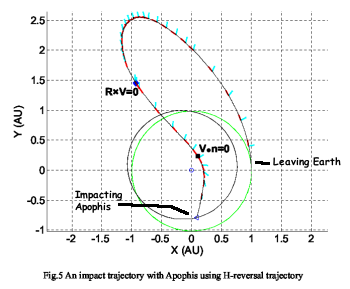A slight bend in one boom delays NASA solar sail flight
Even though NASA’s solar sail test mission, dubbed the Advanced Composite Solar Sail System (ACSSS), successfully unfolded its giant sail in late August, engineers have not yet reactivated the sail’s attitude control system because they have detected a slight bend in one of the sail’s four booms.
While the solar sail has fully extended to its square shape roughly half the size of a tennis court, the mission team is assessing what appears to be a slight bend in one of the four booms. This likely occurred as the booms and sail were pulled taut to the spacecraft during deployment. Analysis indicates that the bend may have partially straightened over the weeks since boom deployment, while the spacecraft was slowly tumbling.
The attitude control system was turned off as planned during the deployment, allowing the sail to slowly tumble. It has been kept off longer than expected because the tumbling appears to be helping straighten the bend.
Once the control system is reactivated, the mission will then attempt to use the sail to change its orbit, to actually fly in space using sunlight like the wind.
Even though NASA’s solar sail test mission, dubbed the Advanced Composite Solar Sail System (ACSSS), successfully unfolded its giant sail in late August, engineers have not yet reactivated the sail’s attitude control system because they have detected a slight bend in one of the sail’s four booms.
While the solar sail has fully extended to its square shape roughly half the size of a tennis court, the mission team is assessing what appears to be a slight bend in one of the four booms. This likely occurred as the booms and sail were pulled taut to the spacecraft during deployment. Analysis indicates that the bend may have partially straightened over the weeks since boom deployment, while the spacecraft was slowly tumbling.
The attitude control system was turned off as planned during the deployment, allowing the sail to slowly tumble. It has been kept off longer than expected because the tumbling appears to be helping straighten the bend.
Once the control system is reactivated, the mission will then attempt to use the sail to change its orbit, to actually fly in space using sunlight like the wind.


